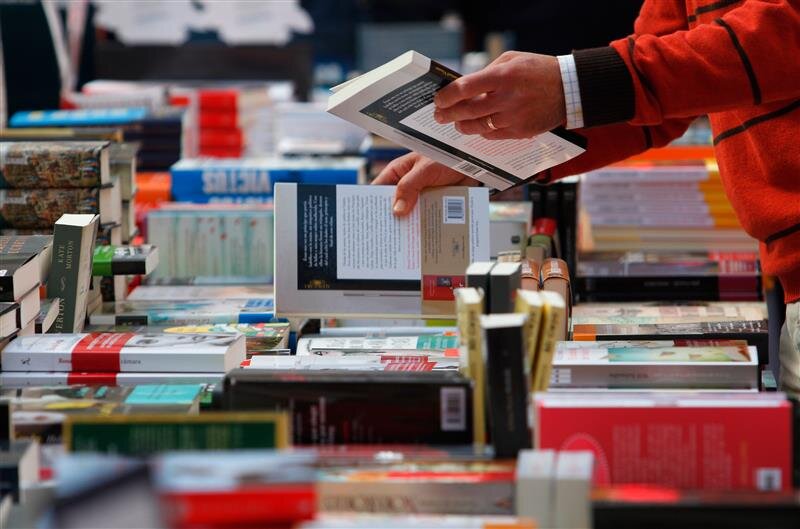The making of shelter and the spaces and times of intimacy in situations of inadequate or poor housing
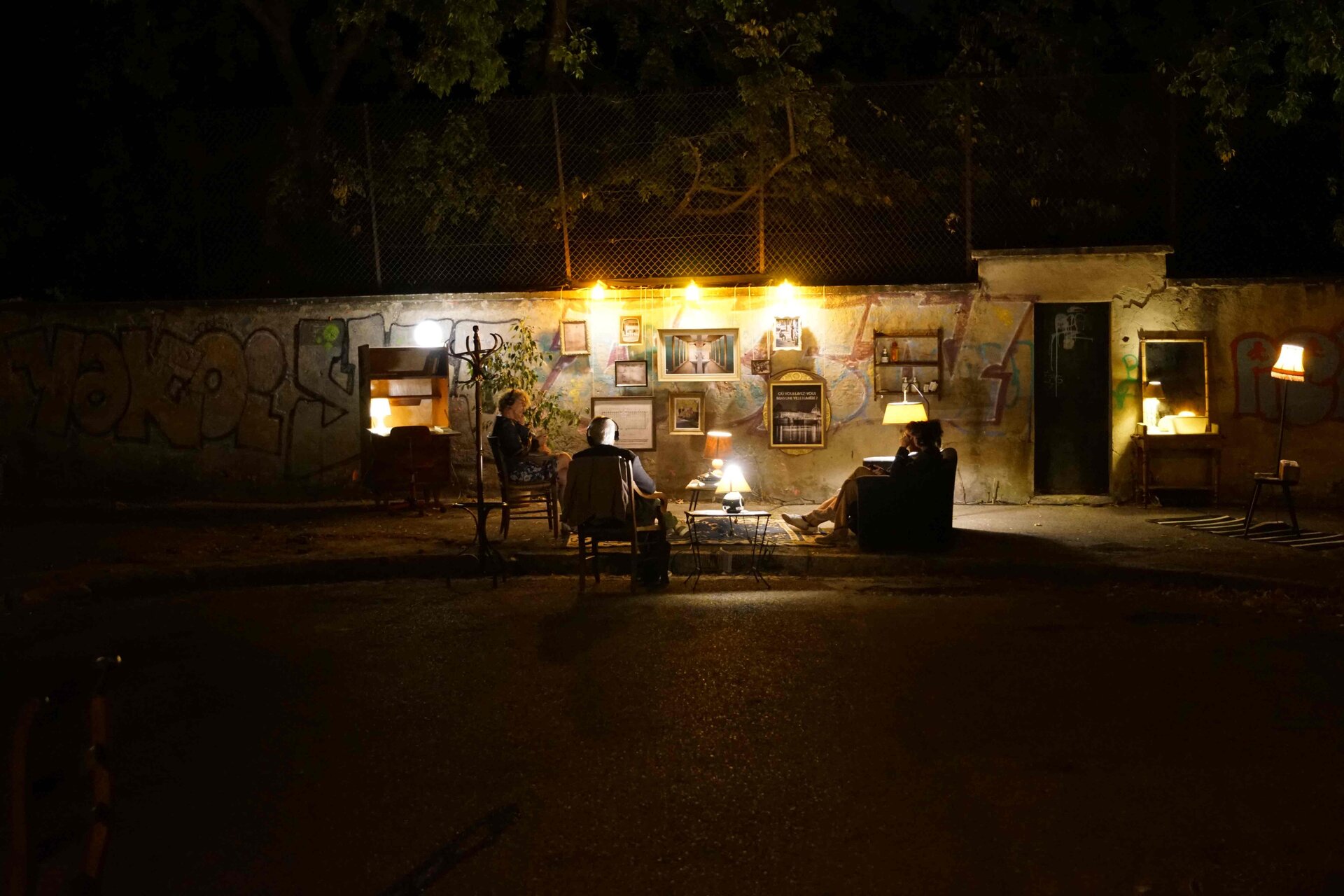
Presentation by Marina Chauliac, anthropologist at the Laboratoire d'anthropologie politique (LAP) and project coordinator, with contributions from the LALCA association.
Rest, often associated with the absence of work, must be understood here in a broad sense that includes sleep, relaxation, and escape. It takes on a particular dimension in situations of precarious housing, for two reasons: it highlights the urban spaces and times of rest in the public space for those who live (and sleep) there, and it also accounts for fatigue that is largely detached from paid labour and the disruptive effects of the ‘city outside’.
In this sense, particular attention is paid to bodies and the spaces that are either occupied or repurposed for rest. Libraries, railway stations, or shopping centres become both shelters against the cold, rain, heat, and even threats, as well as places for daydreaming and escapism, through books, music, or simply via smartphones connected to the Wi-Fi. These are also places of anonymity and retreat, sometimes intentionally or adapted by users (chairs placed or moved into corners of the library, quiet hallways of shopping centres away from shops, less-trafficked waiting areas on platforms, etc.).
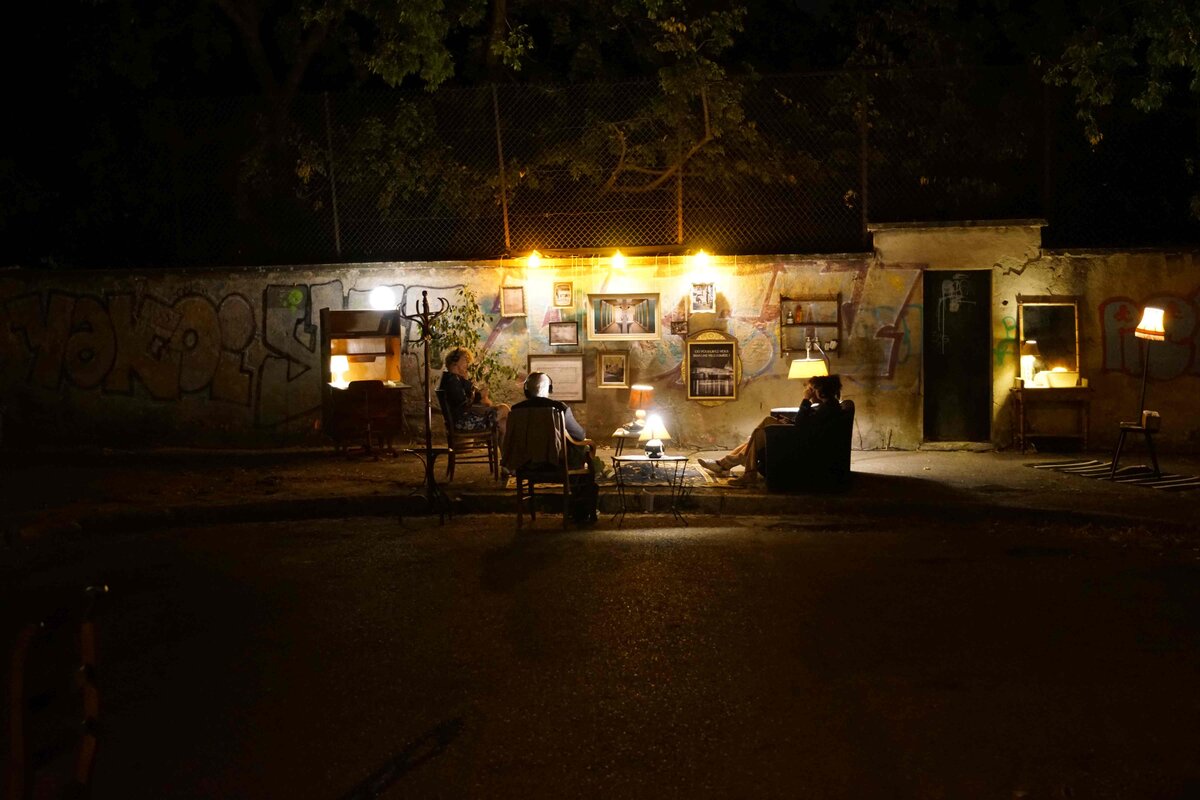
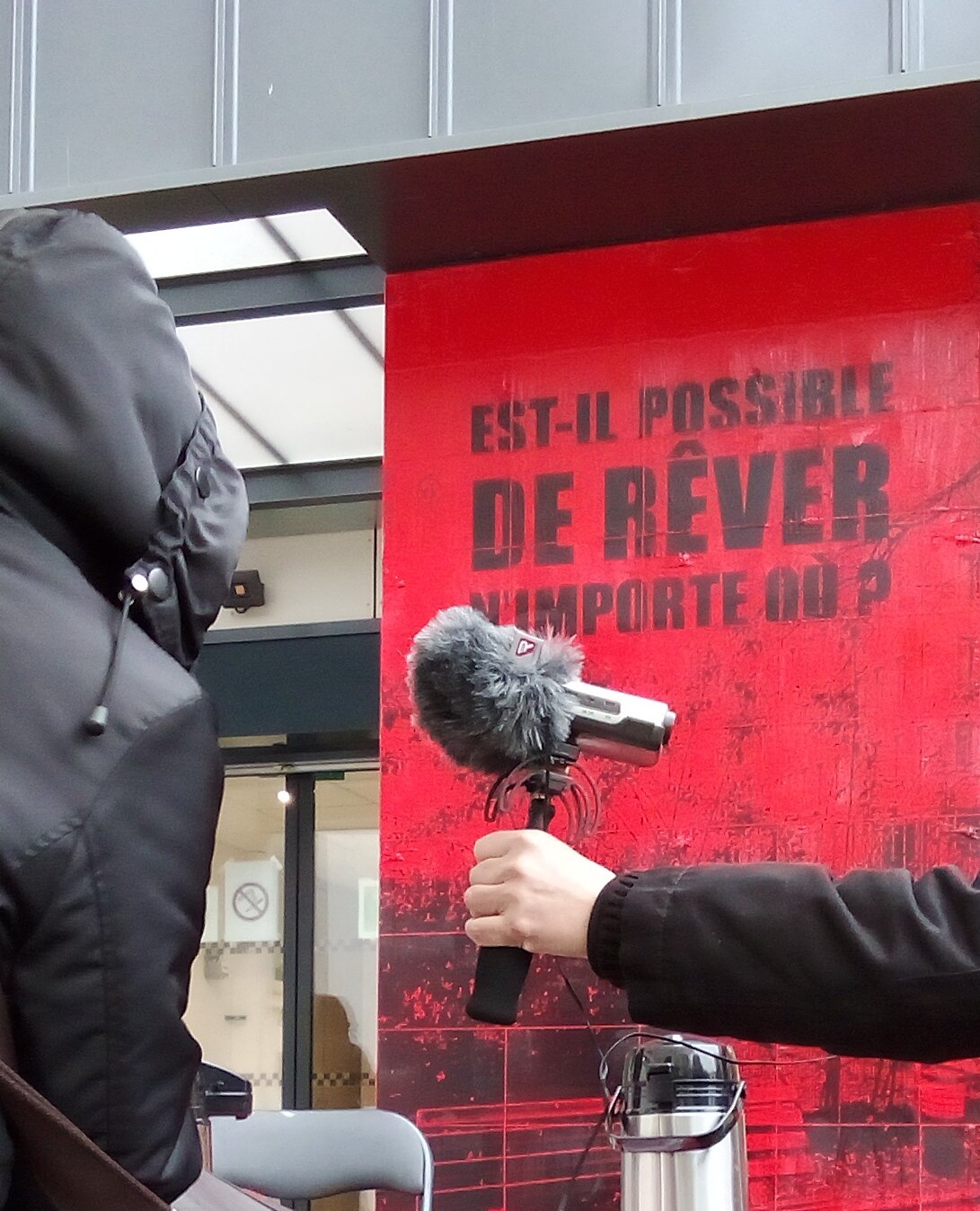
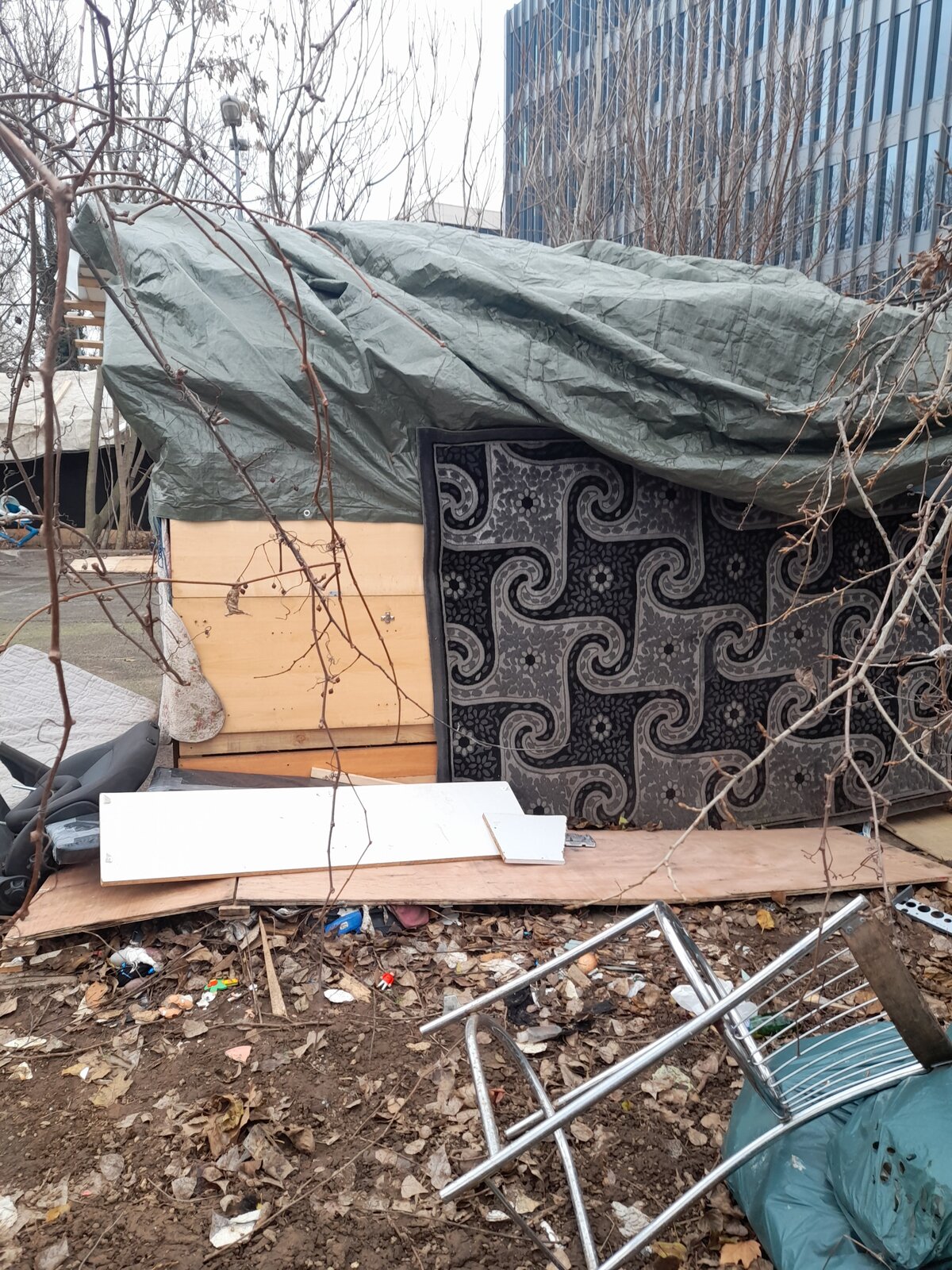
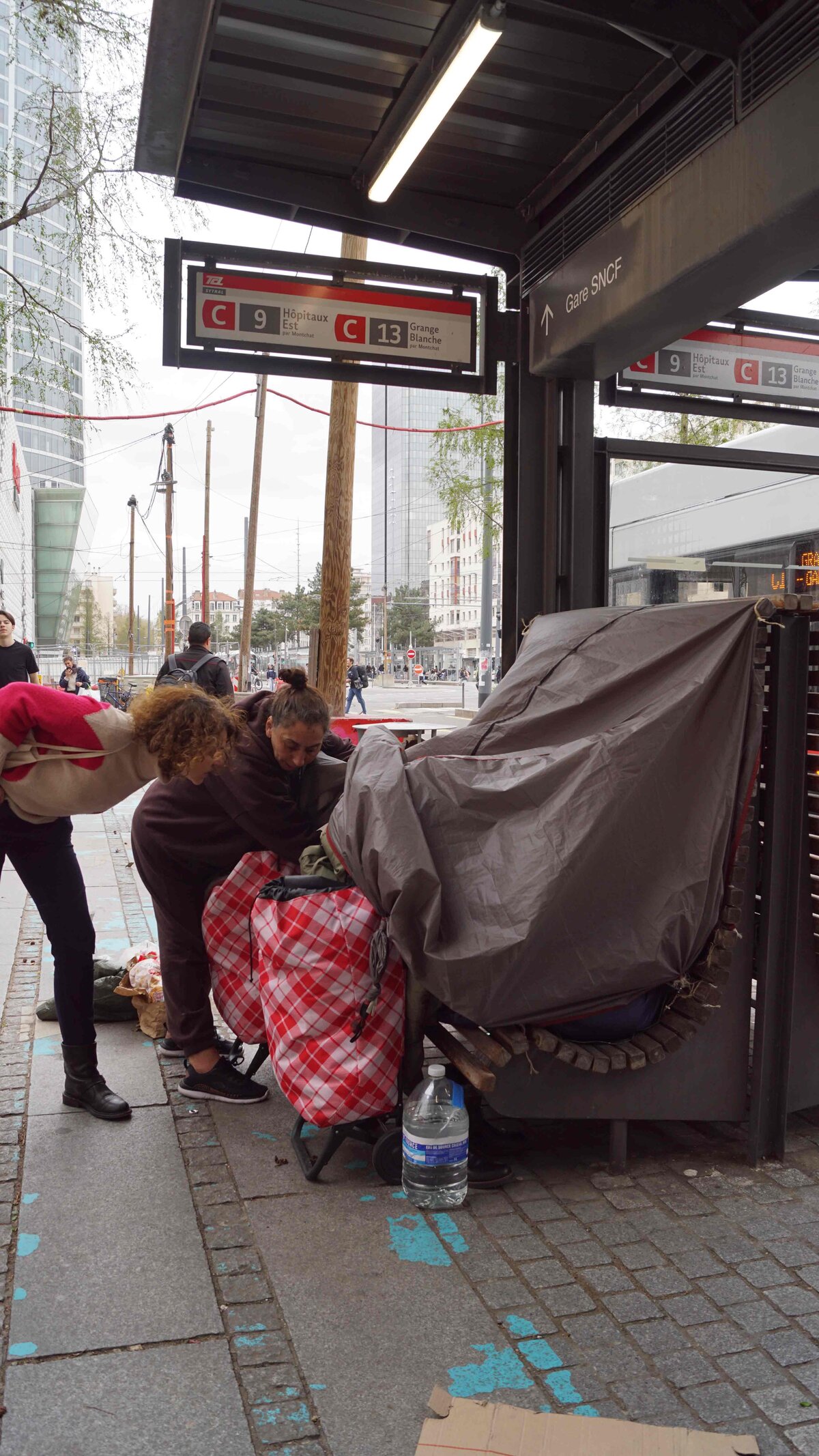
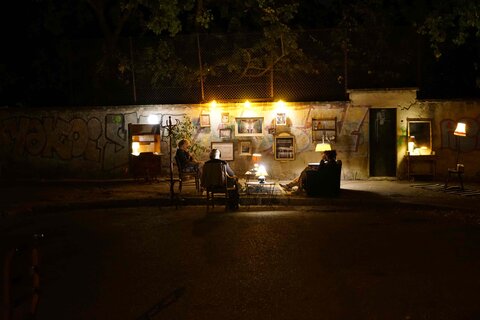
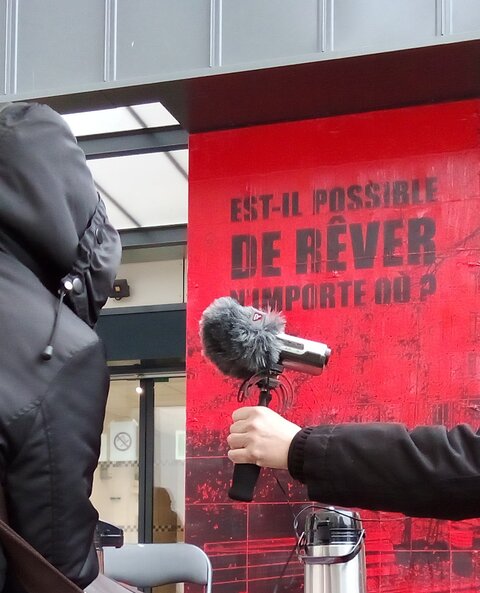
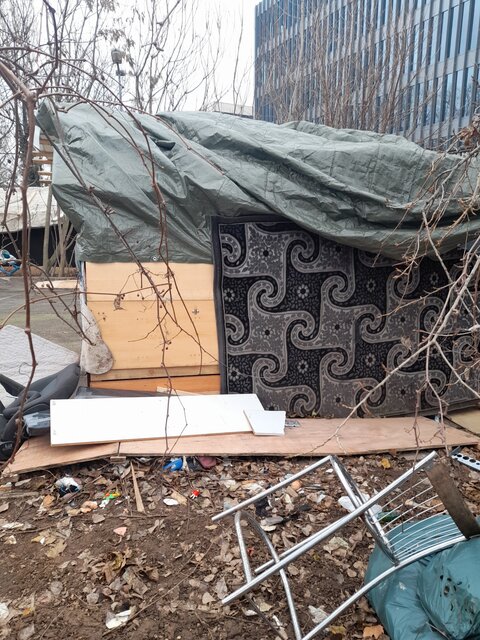
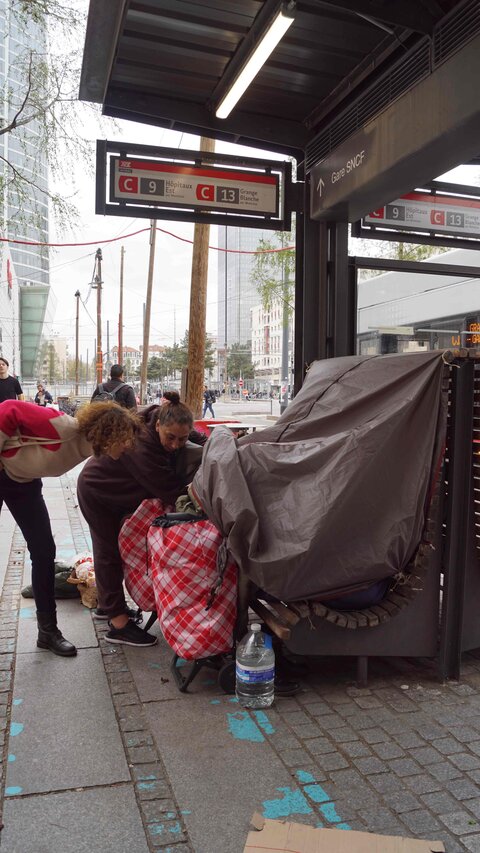
However, like the street or building entrances, these are places where sleeping is tolerated under certain conditions but generally prohibited. Different ‘tactics’ are therefore developed, following Michel De Certeau (2011 [1980]), to create and claim a space of one’s own (by placing cardboard boxes, tarps, or bags containing personal belongings around oneself, for example) and to try to conceal snoring or slouching, which reflects a lack of self-control. Lying down behind waiting-room chairs, pulling down a hood, pretending to listen to a CD while closing one’s eyes, and so on, are micro-actions that reveal cumulative fatigue, sleep deprivation, as well as ‘bricolages’ designed to preserve one's ‘dignity’ or intimacy in the sense of an ‘extension of the self2’.
Lying down behind waiting-room chairs, pulling down a hood, pretending to listen to a CD while closing one’s eyes, and so on, are micro-actions that reveal cumulative fatigue, sleep deprivation, as well as ‘bricolages’ designed to preserve one's ‘dignity’ or intimacy in the sense of an ‘extension of the self’
Psychic rest or ‘cognitive economy’, as a form of avoidance of tensions related to change and vigilance. In this sense, it is inseparable from a relationship of trust, familiarity, and even predictability with one’s environment. Objects, such as a park bench, a bus shelter, or a chair in a train station waiting area can become physical and psychological ‘anchors’, places of familiarity and stability. The gestures and routes regularly taken in what we call ‘scattered dwelling’—going to public baths, waiting for the outreach worker in a car park, having a coffee at McDonald’s, and so on—establish times and spaces of habit, creating connections of mutual recognition, as well as social esteem, and serve as forms of resistance to secure ‘a stable footing in the world3’.
Finally, rest can take the form of different states of wakefulness and, correspondingly, sleep. From daydreaming to vivid dreams, these states all serve as revealing markers of situations of precarity and displacement. ‘Dreams as memories’, ‘dreams as desires’, dreams in dialogue with the environment—what do people dream about in a precarious and/or nomadic life? Conversely, insomnia and struggles with falling asleep, vigilance, and fear reveal social taboos in the city and the dangers of the street.
Observing the city from this perspective invites us to shift our focus and to look not just at the exceptional, but also at the peripheral, not just at the institutional framework that shapes the use of different shared urban spaces, but also at the making of what we call informal cities or, following Italo Calvino, Invisible Cities4. In this sensitive ethnography, several artistic and scientific perspectives and disciplines simultaneously examine the conditions and states of rest.
1. Italo Calvino, Invisible Cities (London: Vintage Classics, 2023 [1972]).
2. Michel De Certeau, The Practice of Everyday Life (Oakland: University of California Press, 2011 [1980]).
3. Hartmut Rosa, Remède à l'accélération. Impressions d'un voyage en Chine et autres. Textes sur la résonance (Paris: Flammarion, 2021).
4. Georg Simmel, Secret et sociétés secrètes (Paris: Circé, 1996).
Article published in the second issue of the Journal de la FMSH.


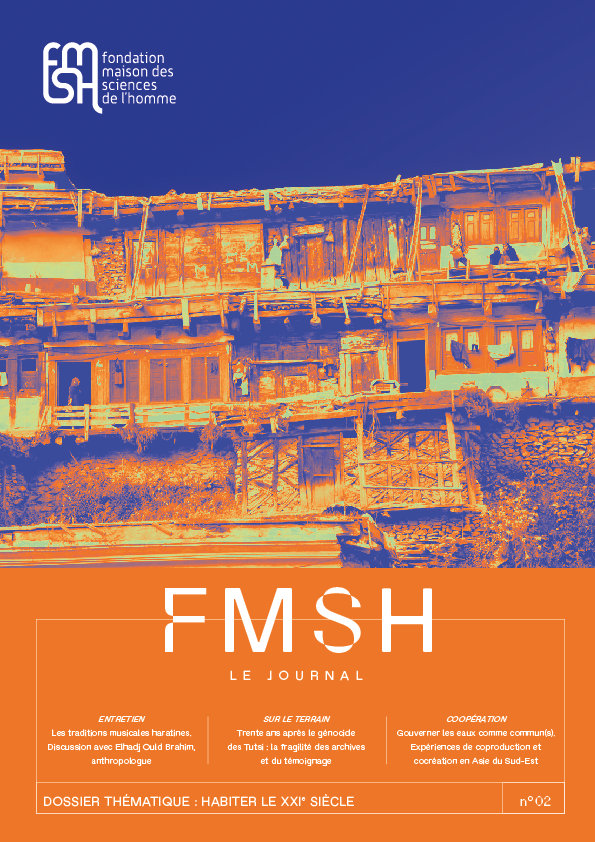
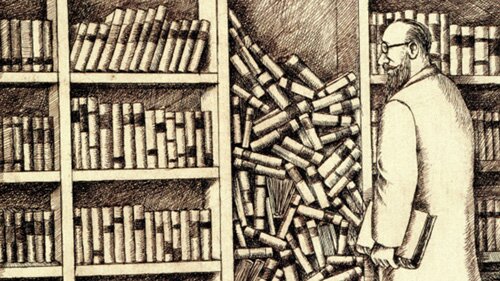
Se souvenir d'Humoresques
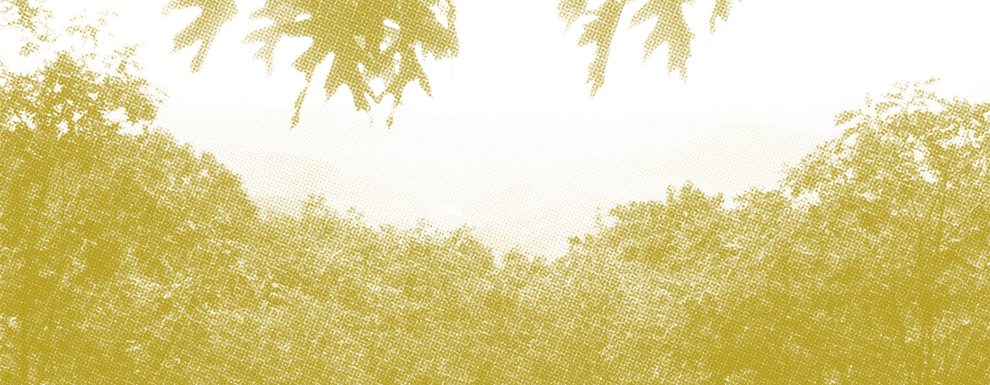
Sous les temps de l'équateur

Du préjugé
